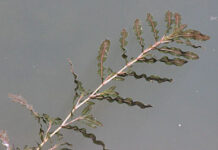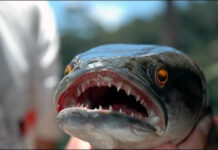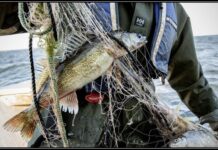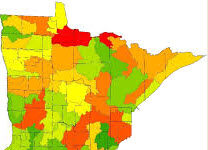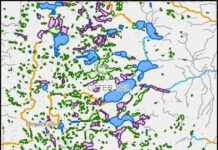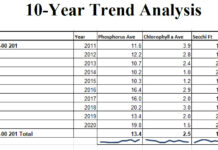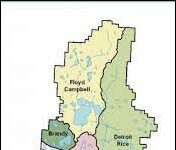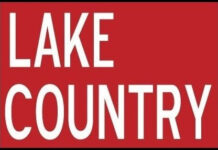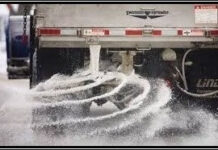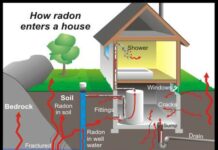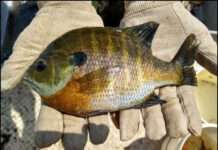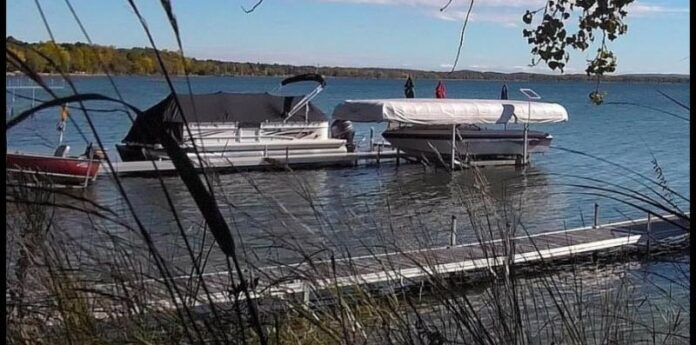Docks and dock platforms provide access to Minnesota’s lakes and rivers, and are regulated to help protect public safety as well as aquatic habitat.
As summer approaches, the Department of Natural Resources encourages property owners and lake service provider businesses to review the regulations, to ensure the equipment they own, sell or install is in compliance.
Extensive dock systems may shade out important aquatic plants and eliminate critical habitat where fish spawn, feed, grow and find shelter from predators. They can also obstruct navigation or even create a safety hazard if they are too large or improperly placed.
“The current regulations have been in existence for many years, but not everyone is familiar with them,” said Jack Gleason, DNR public waters hydrologist. “The DNR worked with property owners, public water users, and business and industry representatives to develop these regulations. They’re designed to balance the need for reasonable access to public waters with habitat protection and safety.”
To ensure this balance, a dock may not be more than 8 feet wide and may not be combined with other similar structures to create a wider dock.
A modest platform at the water end of a dock is allowed under certain conditions. A single, temporary platform up to 120 square feet measured separately from the access dock, or 170 square feet including the area of the adjacent access dock, is allowed if the following conditions exist:
• The access dock must be 5 feet wide or less, and
• The dock must be on a lake with a shoreland classification of General Development or Recreational Development.
Docks must not be a hazard to navigation, health or safety and must allow the free flow of water. A dock should not close off part of the lake or river to other users. Docks must also comply with any local ordinances.
A document about state dock requirements is available on the DNR website.
The DNR website also contains links to other helpful information for property owners about shoreline erosion control and restoration projects to help improve water quality and fish and wildlife habitat.
REMINDER- Dock and Riparian Use Ordinance
Pursuant to the Use Ordinance the public is reminded to comply with the Otter Tail County Dock and Riparian Use Ordinance, a dock, pier, wharf, or boatlift must be registered with the Otter Tail County Land & Resource Management Office before being moved from one body of water to another. Registration is free and easy. Call Otter Tail County at: 218-998-8113
“At the May 11, 2020 AIS Task Force Meeting members discussed the development of an Electronic Dock and Lift Registry. The Electronic Registry will be faster, more reliable, and easier to use. Members of the public will be able to register their equipment online from the comfort of their own home. Registrations will continue to be confirmed by the AIS Specialist.”
For more information visit the Otter Tail County webpage or view the ordinance directly at Dock and Riparian Use Ordinance.

